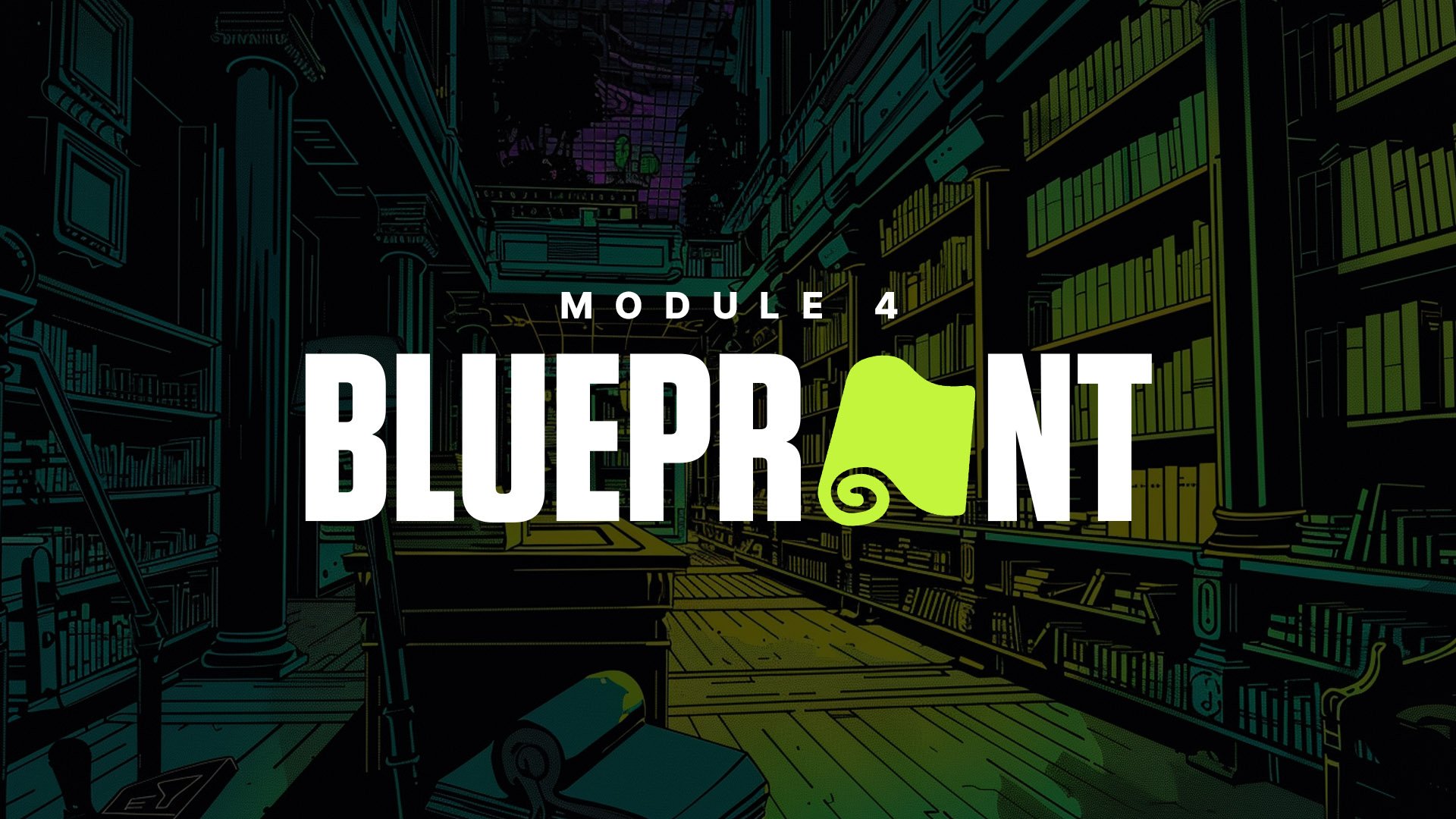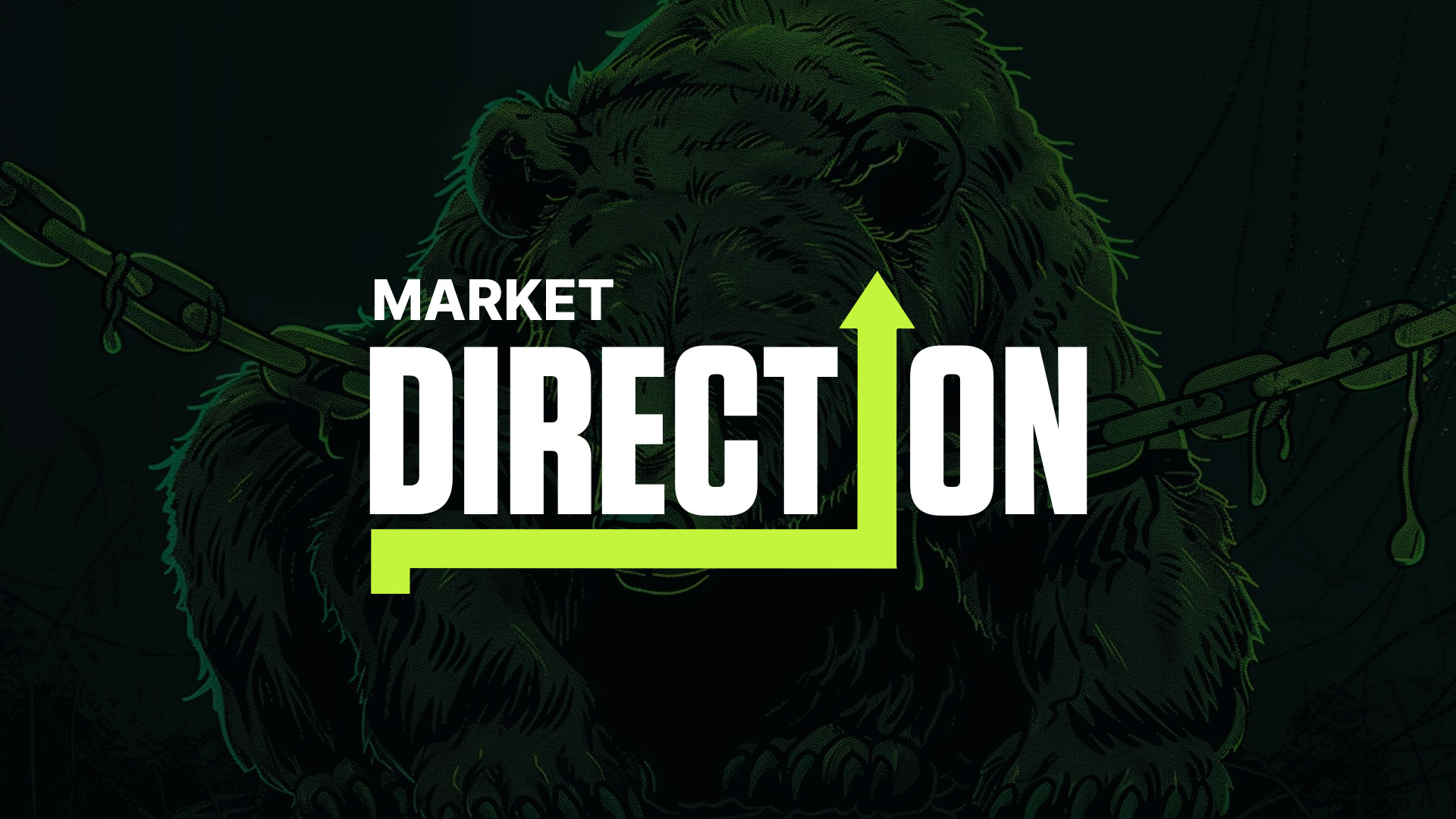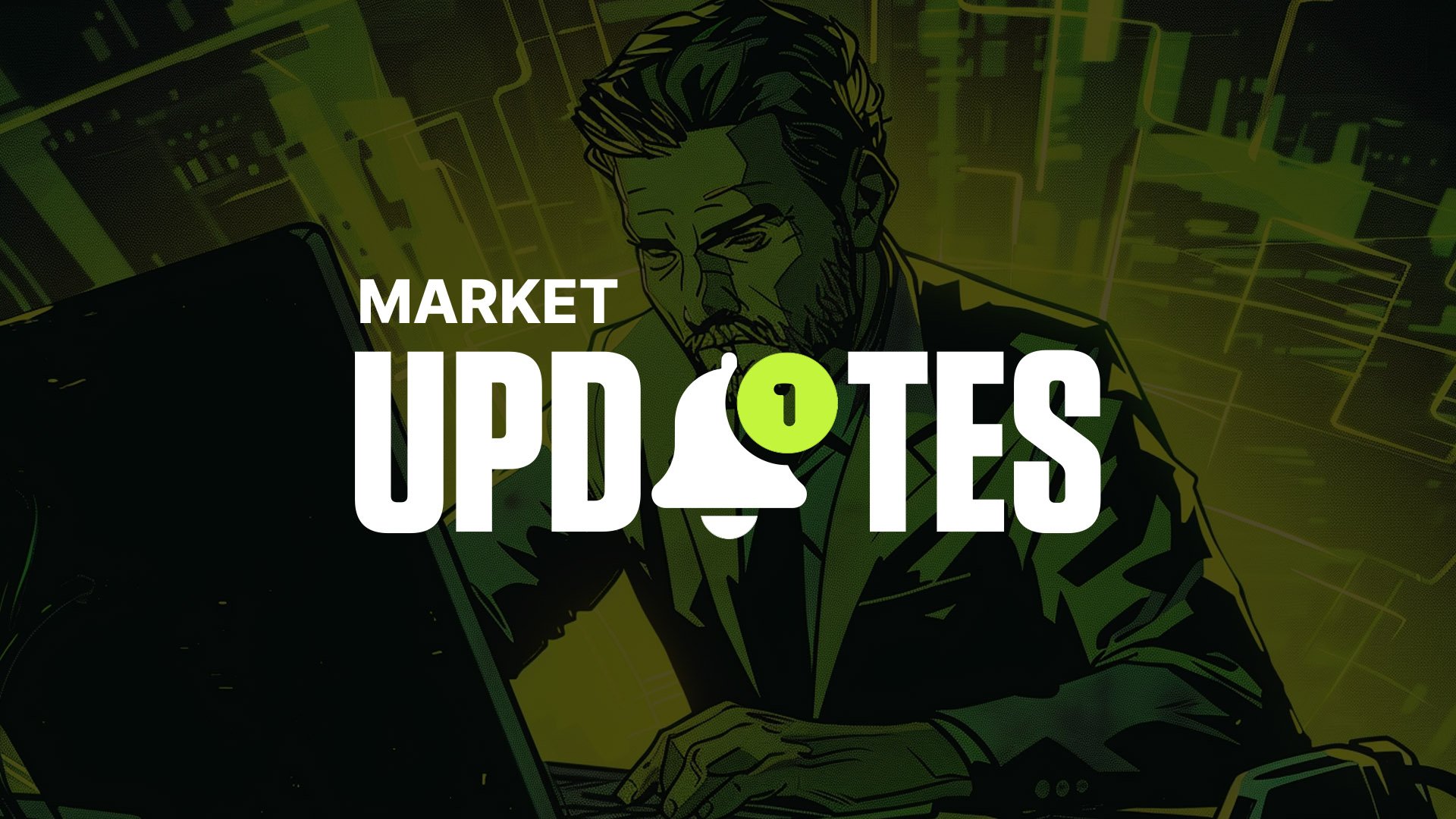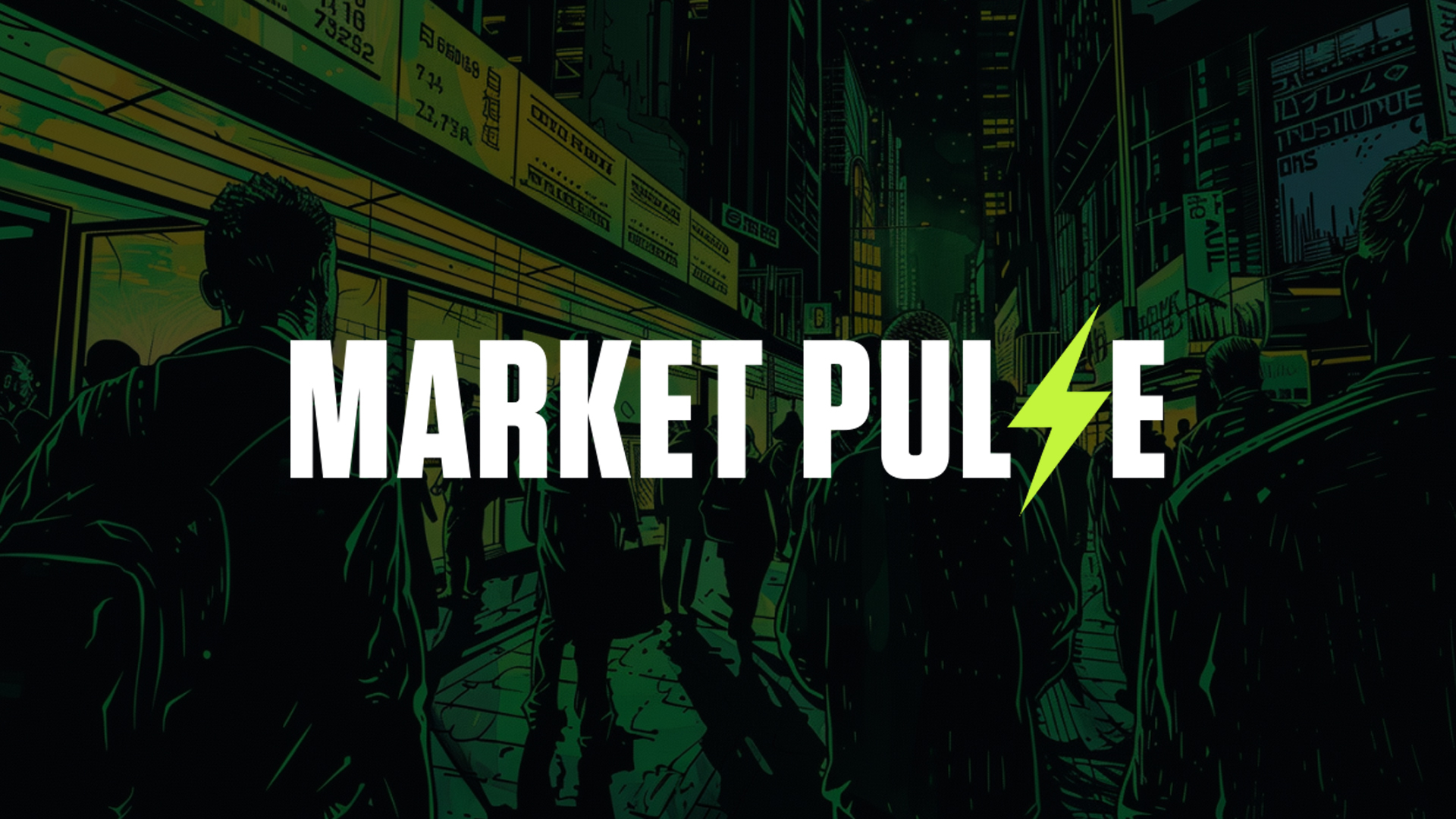
What are consensus mechanisms, and why are they needed?
A consensus mechanism is the verification method used by crypto blockchains. In other words, a consensus mechanism verifies transactions. It ensures the information added to the blockchain is accurate.In a centralised system, a central administrator has the authority to update and maintain the database.
Blockchains are maintained by a decentralised network of thousands of ‘nodes’ (computers). There is no single, centralised authority.
A fair, efficient, and reliable system is needed to ensure all transactions are genuine and agreed upon by all participants. This is where a consensus mechanism comes in. It is an algorithm or set of rules that ensure the legitimacy of the data or transactions recorded on the blockchain.
There are different types of consensus mechanisms. Each has its own set of principles. The most common examples include Proof of Work (PoW), Proof of Stake (PoS), and Proof of History (PoH).
What is Proof of Work (PoW)?
Proof of Work (PoW) is the original crypto consensus mechanism. It is the consensus mechanism that secures the Bitcoin blockchain.It is called ‘Proof of Work’ because, to validate the transaction, it must be ‘proved’ that work has been done. PoW blockchains are secured, and their transactions are verified by a network of computers (miners) who compete to solve a mathematical puzzle. The winning computer updates the blockchain with the newly verified transactions and is rewarded in crypto.
Proof of Work is energy-intensive and involves a lot of arbitrary computational work. The mathematical problems the miners compete to solve serve no purpose other than maintaining the network’s security. This is why sustainability concerns exist around Bitcoin. (Note this is not true of most cryptos, and even in Bitcoin, there are convincing counterarguments).
This is where newer consensus mechanisms, like Proof of Stake (PoS), come in. (We’ll discuss PoS later in this module).
What is mining?
Mining is the method Bitcoin and other Proof of Work consensus cryptocurrencies use to create new coins and verify new transactions.A miner solves mathematical puzzles to verify transactions on the blockchain (or virtual ledger). In return, the miner is rewarded with freshly minted crypto tokens.
The miners are rewarded with new coins in return for their processing power. Every miner on the network is part of a race to be the first to find the “hash” (a 64-digit number). The winner updates the blockchain with the newly verified transactions and is rewarded with coins.
Bitcoin is the most well-known example of a mineable coin. Note that any cryptocurrency that is not proof of work is not mineable.
Also, note that Ethereum is no longer mineable since ‘The Merge’ (when it moved from Proof of Work to Proof of Stake - we will discuss this in more detail in another module).
What is the purpose of mining?
Mining introduces new coins into circulation, but it is also central to many cryptos’ security. Mining verifies transactions and secures the blockchain, allowing these cryptos to operate as decentralised networks without a central authority. It also offers an incentive for miners to contribute their computational power.Despite its security advantages, mining uses a significant amount of energy. Because of this, there has been a shift toward less energy-intensive consensus mechanisms such as Proof of Stake.
However, Proof of Stake is not without its own trade-offs. Proof of Stake networks are more centralised than Proof of Work and are subject to dominance by those with the largest amount of staked coins.
What is Proof of Stake (PoS)?
Proof-of-Stake (PoS) is a consensus mechanism where validators ‘stake’ tokens to validate transactions.In the Proof of Stake mechanism, there is no mining process. Instead of miners competing to solve puzzles, validators stake (or lock up) some of their tokens to become eligible to validate transactions and earn rewards.
Validators stake capital which acts as collateral that can be destroyed if the validator behaves dishonestly. The validator is then responsible for checking that the new blocks being added to the blockchain are valid.
Note: A Proof of Stake network is composed of a list of validators (participants who lock up set amounts of crypto) and confirmations made by validators. Usually, individual stakers lock their tokens with validators.
Each staker is rewarded in proportion to their stake. So, those who’ve staked more earn proportionately higher rewards.
There are several ways Proof of Stake blockchains protect against bad actors. One of these methods is 'slashing.' If someone submits a false transaction, their own stake (coin holding) can be slashed, meaning they lose some or all of their stake.
What is the difference between Proof of Stake and Proof of Work?
The removal of the mining process means less computational energy is expended. Proof of Stake is an alternative consensus mechanism that allows blockchains to operate more energy-efficiently than proof of work while ensuring security and decentralisation are maintained.Proof of Stake vs staking
Note that staking isn’t always productive. Many protocols use it as a tool to lock up their token, artificially increasing or maintaining the price. Staking without a purpose is a red flag. Proof of Stake is staking that is productive, as the coins staked are vital to the security and maintenance of the network.What is Proof of History (PoH)?
Simply put, Proof of History (PoH) is a consensus mechanism that adds time to the equation to speed up transactions.Most blockchains face the issue of needing to wait for validators to agree on when a transaction is confirmed. Adding proof of history removes this issue. Regardless of when a block is received, the timestamp allows validators to produce other blocks without waiting for the rest of the network to agree. It synchronises all participants in the network.
Instead of blocks (validations) being confirmed, then ordered, and then added to the blockchain to approve the transactions, validations are confirmed, blocks are made, the date is attached, and then the blocks are ordered. This speeds up transactions.
Here’s a very unrealistic analogy to explain it better. Imagine we lived in a world where proposing to your partner was done by mail. You send a letter to your partner asking them to marry you. They get your letter and are overwhelmed. They write back, denying your request.
A few days later, they have a change of heart and write back, accepting your proposal. Unfortunately, both letters are stuck in the mail, and you receive the acceptance first and the rejection second. The miscommunication is problematic, as you can see. You would have to connect at some point to clarify the misunderstanding. Adding PoH essentially adds a date to all of these letters, so the understanding is clear regardless of the order received.
PoH blockchains like Solana enable “timestamps” to be built into the blockchain itself. This means that all nodes on the network have a synchronised clock that validates the time and order that which transactions occurred. link : https://solana.com/news/proof-of-history
By delving into consensus mechanisms, we gain insights into the delicate balance of scalability, security, and decentralisation that is crucial for advancing blockchain technology.
100% Success Money Back Guarantee
If our approach doesn’t outperform the overall crypto market during your subscription, we’ll give you a full refund of your membership. No questions asked. For quarterly and monthly subscribers this is applicable once your subscription runs for 6 consecutive months.
Take your next step towards crypto success
$799/year
Get everything you need to actively manage your portfolio and stay ahead. Ideal for investors seeking regular guidance and access to tools that help make informed decisions.
For your security, all orders are processed on a secured server.
What’s included in Pro:
Success Guarantee, if we don’t outperform the market, you get 100% back, no questions asked
24/7 access to experts with 50+ years’ experience
All of our top token picks for 2025
Our latest memecoins pick with 50X potential
On hand technical analysis on any token of your choice
Weekly livestreams & ask us anything with the team
Daily insights on Macro, Mechanics, and On-chain
Curated list of top upcoming airdrops (free money)
Our track record speaks for itself
With over 2.4M tokens and widespread misinformation in crypto, we cut
through the noise and consistently find winning assets.
Frequently Asked Questions
Can I trust Cryptonary's calls?
Yes. We've consistently identified winners across multiple cycles. Bitcoin under $1,000, Ethereum under $70, Solana under $10, WIF from $0.003 to $5, PopCat from $0.004 to $2, SPX blasting past $1.70, and our latest pick has already 200X'd since June 2025. Everything is timestamped and public record.
Do I need to be an experienced trader or investor to benefit?
No. When we founded Cryptonary in 2017 the market was new to everyone. We intentionally created content that was easy to understand and actionable. That foundational principle is the crux of Cryptonary. Taking complex ideas and opportunities and presenting them in a way a 10 year old could understand.
What makes Cryptonary different from free crypto content on YouTube or Twitter?
Signal vs noise. We filter out 99.9% of garbage projects, provide data backed analysis, and have a proven track record of finding winners. Not to mention since Cryptonary's inception in 2017 we have never taken investment, sponsorship or partnership. Compare this to pretty much everyone else, no track record, and a long list of partnerships that cloud judgements.
Why is there no trial or refund policy?
We share highly sensitive, time-critical research. Once it's out, it can't be "returned." That's why membership is annual only. Crypto success takes time and commitment. If someone is not willing to invest 12 months into their future, there is no place for them at Cryptonary.
Do I get direct access to the Cryptonary team?
Yes. You will have 24/7 to the team that bought you BTC at $1,000, ETH at $70, and SOL at $10. Through our community chats, live Q&As, and member only channels, you can ask questions and interact directly with the team. Our team has over 50 years of combined experience which you can tap into every single day.
How often is content updated?
Daily. We provide real-time updates, weekly reports, emergency alerts, and live Q&As when the markets move fast. In crypto, the market moves fast, in Cryptonary, we move faster.
How does the success guarantee work?
If our approach to the market doesn’t beat the overall crypto market during your subscription, we’ll give you a full refund of your membership fee. No questions asked. For quarterly and monthly subscribers this is applicable once your subscription runs for 6 consecutive months.



















